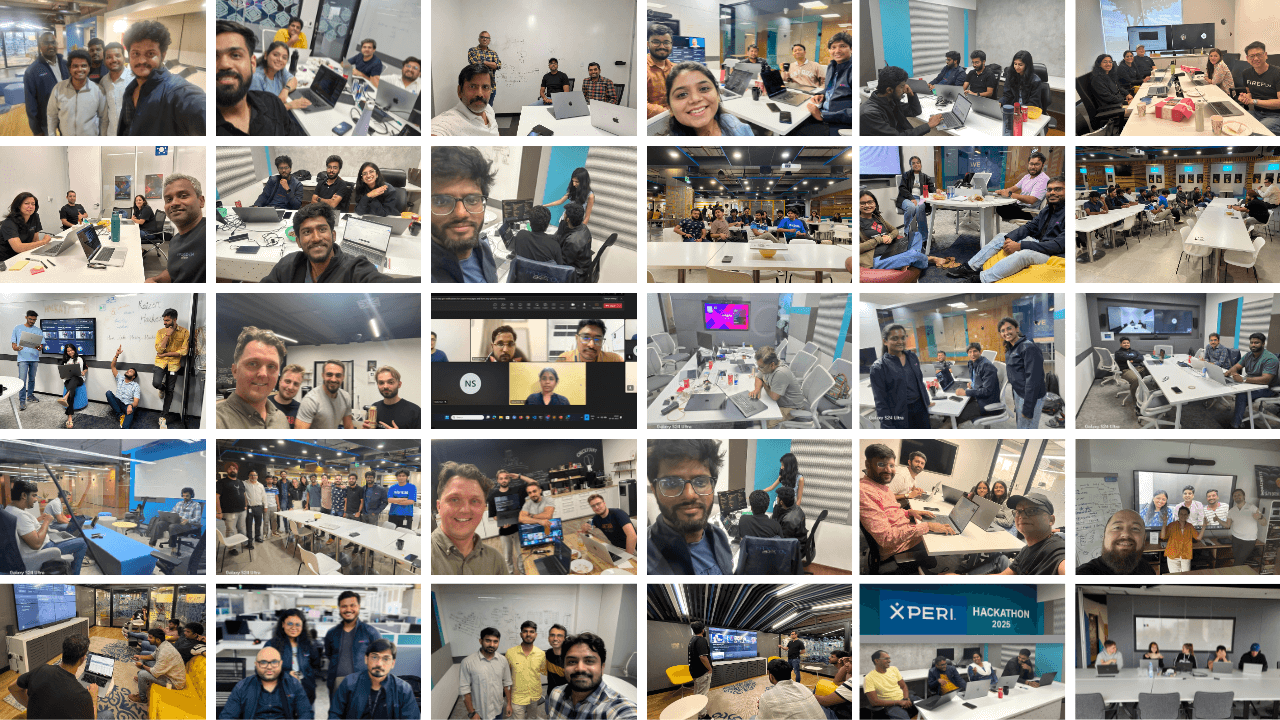New technology innovations, shifting consumer expectations and disruptive global developments have radically — and rapidly — altered how digital entertainment is created, delivered and consumed. The regularity and intensity with which market forces alter the entertainment technology landscape often creates industry confusion. As a result, ecosystem participants struggle to catch up.
A closer look, however, reveals a consistent thread that ties the trajectory of these developments together. Most, if not all, of the disruptive developments that transform the industry initially result in more “open” environments for both consumers and new industry innovators.
By breaking down incumbent silos — as we witnessed through the “cord-cutter revolution” — more opportunities are created for consumers to access the experiences they desire regardless of their source. The same dynamic reduces barriers to entry for new products (such as connected TVs) and services (like over-the-top content providers). These disruptions, in effect, create new markets.
Here, however, is where things get interesting.
Markets inevitably mature, and in today’s digital economy, the maturation process happens very quickly. This can trigger a consolidation process that leads to new silos, recreating the rigid “walled gardens” that limit competition while reducing consumer choice and control. Today, we are seeing the pendulum swing in this consolidated direction. Big Tech platform providers are establishing closed proprietary platforms that manage and monetize the user experience by controlling the relationship between consumers and content.
The implications for the entire entertainment ecosystem are significant.
● For the content community, the emergence of a small group of powerful gate keepers limits the ability to reach audiences freely and seamlessly — whether they are at home or on the go. It also prevents producers from establishing the relationships with consumers needed to inform content creation decisions.
● Similar dynamics are at stake for brands. Unfettered access to first-party data will be critical for advertisers seeking to connect with target markets in a meaningful manner across complex linear and streaming environments. They are interested in establishing their own relationships with service providers and device manufacturers, as audiences dynamically move from watching content on their living room TV to their tablets and their phones. Having the flow of data filtered by a third party — with its own ambitions for monetizing digital content and behavior — is not ideal.
● Consumer electronics manufacturers have a historical opportunity to redefine how consumers interact with their smart TVs — and other devices. To this end, they are exploring new ways to further personalize and enhance the user experience through digital engagement. This requires direct access to information about how people interact with applications, content and features.
● The role played by network service providers and operators around the world was instrumental in sustaining global economic activity by keeping the population connected — and entertained — through the pandemic. This sector has emerged as a critical and trusted resource for helping digital households, businesses and individuals manage the growing complexity of their daily lives in a secure manner. Executives in this community know as well as anyone the consequences of being disintermediated from their subscribers.
● Last, but certainly not least, are consumers. While people tend to crave options, they also eschew complexity. As the amount of content produced by a growing number of OTT providers explodes to create an unmanageable sprawl, a consumer backlash against the “tyranny of choice” should come as no surprise. But is a return to siloed environments the right solution?
There is a better way.
The entertainment community can lean into emerging technologies — like artificial intelligence, machine learning (AI/ML), and big data analytics — to manage the complexity created by volume and fragmentation. This can be done by embracing open intelligent platforms that put content — and consumers — first. This is an important tenet from both a technology design and business model perspective because it places people — not silos — at the center of how the intricate technology ecosystem operates.
This is the central organizing principle around which TiVo OS — the independent media platform recently launched by Xperi at IFA 2022 — was developed. It is a neutral platform that offers original equipment manufacturers (OEMs), operators, and content owners more access to — and control over — how audiences enjoy their experiences. It also provides consumers with intuitive tools to seamlessly find, watch and enjoy the content they want when they want it, sidestepping the clutter and frustration created by the multitude of streaming and linear content options.



